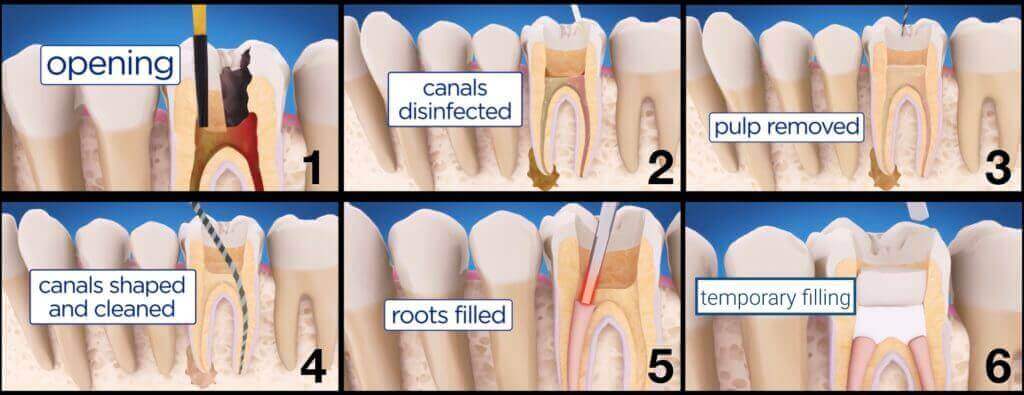If you’re experiencing tooth pain when chewing, prolonged sensitivity in the tooth (especially to hot or cold temperatures), discoloration on the tooth, or swelling or sensitive gums, you may have a root canal infection. Root canal infections most often occur when a tooth’s pulp has deep decay, a tooth undergoes multiple dental procedures or large fillings, or if a tooth has a crack, chip, or other trauma. If you have a tooth infection, Dr. Shinn will talk you through the options and course of treatment to get you back to full health and comfort.

